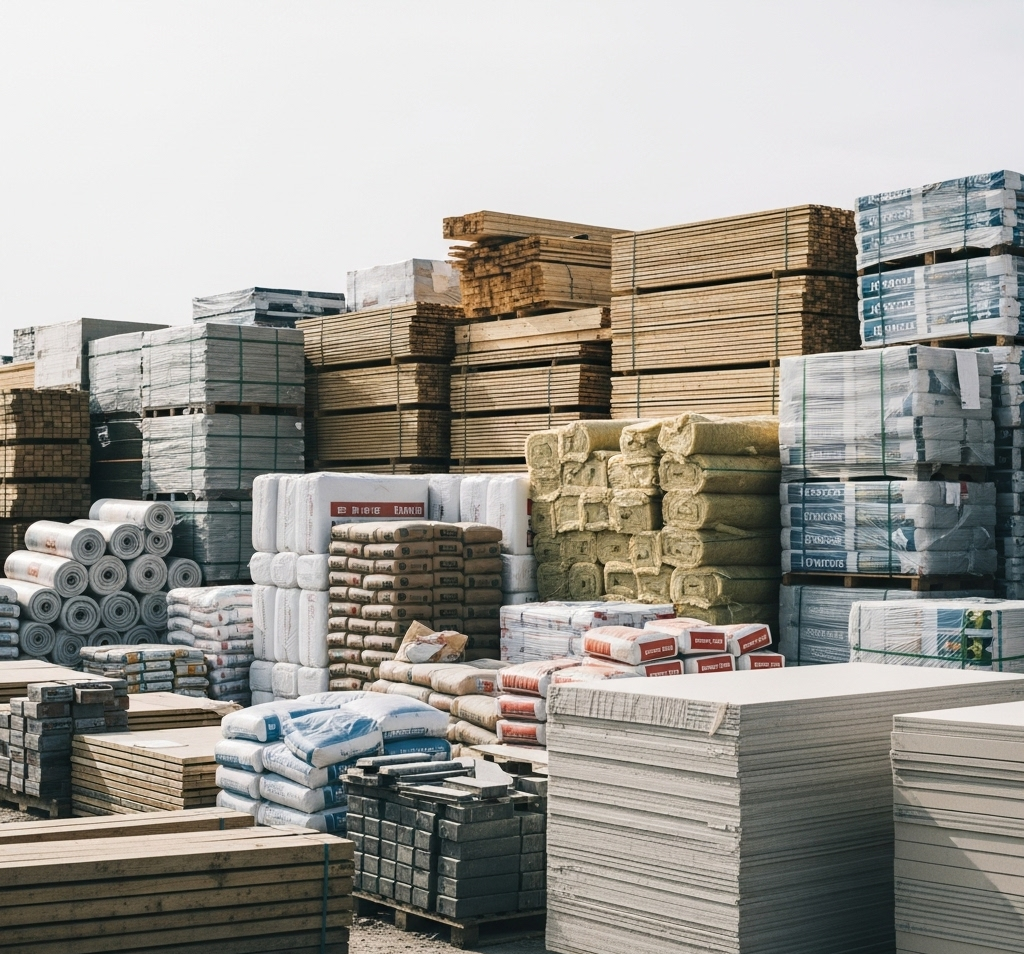
In construction and project management, efficient material availability and cost control are critical to staying on schedule and within budget. Leveraging real-time data has become a game-changer, enabling project managers to make informed decisions, reduce waste, and optimize resources. This blog post explores how real-time data enhances on-site material management and cost efficiency.
Real-time data refers to information that is collected, processed, and analyzed instantly, providing up-to-date insights into project variables. For construction sites, this includes data on material inventory, usage rates, delivery schedules, and costs. By integrating real-time data systems, companies can address challenges like material shortages, overstocking, and unexpected cost overruns.
Improved Material Availability
Real-time tracking of inventory ensures that materials are available when needed. Sensors, RFID tags, and IoT devices can monitor stock levels, alerting managers when supplies run low. This prevents delays caused by missing materials and reduces downtime.
Enhanced Cost Control
By monitoring material usage and costs in real time, project managers can identify discrepancies early. For example, if a specific material is being used faster than planned, adjustments can be made to avoid budget overruns.
Streamlined Supply Chain Management
Real-time data integrates with supply chain systems to track deliveries, predict delays, and optimize procurement. This ensures materials arrive just in time, reducing storage costs and minimizing waste.
Data-Driven Decision Making
With access to real-time analytics, managers can make proactive decisions. Dashboards and reporting tools provide insights into trends, enabling teams to adjust plans dynamically.
Several technologies power real-time material and cost management:
IoT and Sensors: IoT devices track material quantities, locations, and environmental conditions (e.g., temperature for perishable materials).
RFID and Barcode Systems: These tools provide accurate inventory counts and streamline material tracking.
Cloud-Based Software: Platforms like Procore or PlanGrid centralize data, offering real-time updates accessible to all stakeholders.
Mobile Apps: Field teams can input data on material usage or report issues instantly via mobile devices.
AI and Analytics: Predictive algorithms analyze data to forecast material needs and flag potential cost issues.
Real-time data systems track material stock across multiple sites. For instance, a construction firm can use RFID tags to monitor cement bags, receiving alerts when stock falls below a threshold. This ensures timely reordering and prevents project delays.
Software platforms integrate with accounting systems to track material costs against budgets. If steel prices spike, real-time data highlights the impact, allowing managers to explore alternatives like sourcing from a different supplier.
By analyzing usage patterns, real-time data identifies inefficiencies, such as over-ordering or improper storage leading to spoilage. This promotes lean construction practices, saving both money and resources.
Real-time data fosters collaboration among stakeholders. Subcontractors, suppliers, and project managers can access shared dashboards, ensuring everyone is aligned on material needs and costs.
While real-time data offers immense benefits, implementation comes with challenges:
High Initial Costs: Investing in IoT devices or software can be expensive. Solution: Start with pilot projects to test ROI before scaling.
Data Overload: Too much data can overwhelm teams. Solution: Use intuitive dashboards to filter and prioritize key metrics.
Integration Issues: Legacy systems may not sync with new tech. Solution: Choose platforms with robust APIs for seamless integration.
Training Needs: Staff may lack expertise in new systems. Solution: Provide training and select user-friendly tools.
Assess Needs: Identify key areas where real-time data can add value (e.g., inventory, procurement).
Choose the Right Tools: Select software and hardware suited to your project scale and budget.
Integrate Systems: Ensure new tools connect with existing ERP or accounting systems.
Train Teams: Equip staff with the skills to use real-time data effectively.
Monitor and Optimize: Regularly review data insights to refine processes.
Real-time data is revolutionizing on-site material availability and cost control. By leveraging technologies like IoT, cloud platforms, and analytics, construction firms can enhance efficiency, reduce waste, and stay within budget. While challenges exist, the benefits of real-time insights far outweigh the hurdles, making it a must-have for modern construction projects.
© 2025 Lasso Supply Chain Software LLC
Get instant access to our report on the Top Procurement Trends of 2025 by filling out the form below.

Get instant access to our report on the Top Procurement Trends of 2025.